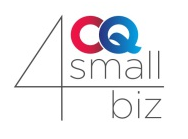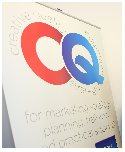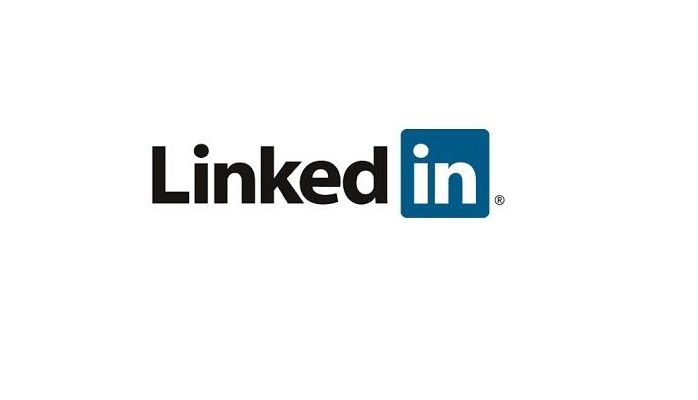All too often, marketing is that thing companies do when they suddenly realise they haven’t got enough work in to keep everyone busy.
Even if you’re a manufacturer and production is in full flow, or you operate in a service sector and your staff are working flat out with clients, you should still be putting time and effort into your marketing strategy.
You should constantly be marketing your products or services, and raising the profile of your business in your local community so that in the future, you will have no problems in attracting quality employees who want to work for you.
Your marketing needs to be like an ever-dripping tap. It needs to be little and often. So for example, instead of trying to write an annual newsletter, you should organise mini campaigns, on a monthly or quarterly basis – and supplement them with regular social media posts – for instance, weekly bulletins on LinkedIn, and daily comments on Twitter ( where the feed moves so much faster).
Look at planning monthly or quarterly themes for your activity across all media, e-newsletters, PR and social media. Host a seminar or an open day, exhibit at a trade show. But remember, the key is to have clear themes running across all your activity so that you are presenting a consistent message to your target market.
Another valuable tip is don’t be afraid to repeat the message, particularly on social media. It is fair to say that not everyone will see your posting the first time. In the case of some social media, the feed of what is coming through moves so fast it is gone in minutes. There is a lot of hype around social media and indeed I work with businesses and directors on their social media profiles, and many businesses are somewhat nervous of it. I strongly advise you not to be put off by the jargon and to remember it is just another communication channel and a great means of reaching your audience, in a more instant and direct way.
The key to successfully marketing your business, skills and services is to keep at it. It isn’t just existing customers and potential customers that see your marketing activity, but also your industry, suppliers, potential employees and the business community as a whole.
You want all of them to have a positive, up to date message about your company, one that accurately portrays what you currently offer.
Marketing is all about timing – of getting the right message in front of that potential customer at the time they decide to do something about the problem you can solve. But if you stop communicating, the customer may go elsewhere – as your competitors’ message may get there when yours didn’t.



 Jackie who started CQ Strategic Marketing three years ago focuses on providing SME’s in the manufacturing, IT and professional services sectors with a full strategic marketing service, expanding into offices at Westthorpe Innovation Centre in Killamarsh in July 2014. CQ’s current clients include international manufacturers Rollem at Tankersley, LBBC Technologies in Leeds and Newburgh Precision in Rotherham. CQ Strategic Marketing has also provided regular training workshops including marketing, social media, LinkedIn, Tender Writing, Presentation skills.
Jackie who started CQ Strategic Marketing three years ago focuses on providing SME’s in the manufacturing, IT and professional services sectors with a full strategic marketing service, expanding into offices at Westthorpe Innovation Centre in Killamarsh in July 2014. CQ’s current clients include international manufacturers Rollem at Tankersley, LBBC Technologies in Leeds and Newburgh Precision in Rotherham. CQ Strategic Marketing has also provided regular training workshops including marketing, social media, LinkedIn, Tender Writing, Presentation skills.







